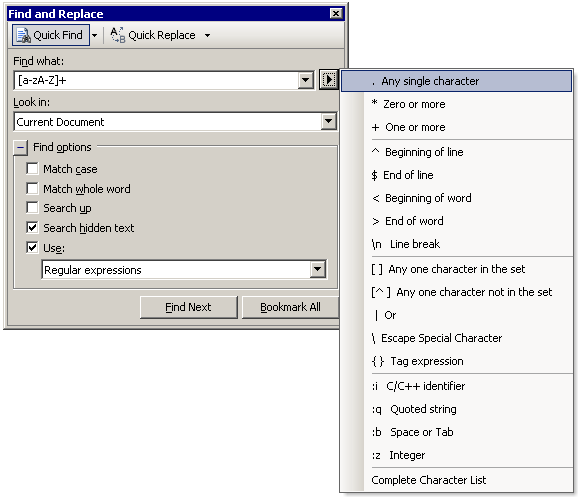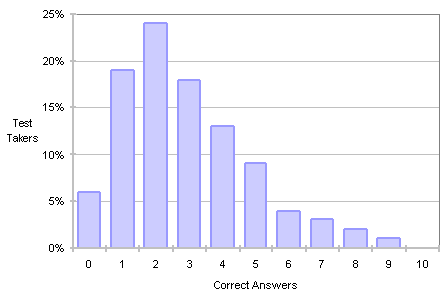programming concepts
Separating Programming Sheep from Non-Programming Goats
⚠ Please note, this paper was ultimately retracted by its author (pdf) in 2014: In 2006 I wrote an intemperate description of the results of an experiment carried out by Saeed Dehnadi. Many of the extravagant claims I made were insupportable, and I retract them. I continue to believe, however, that







